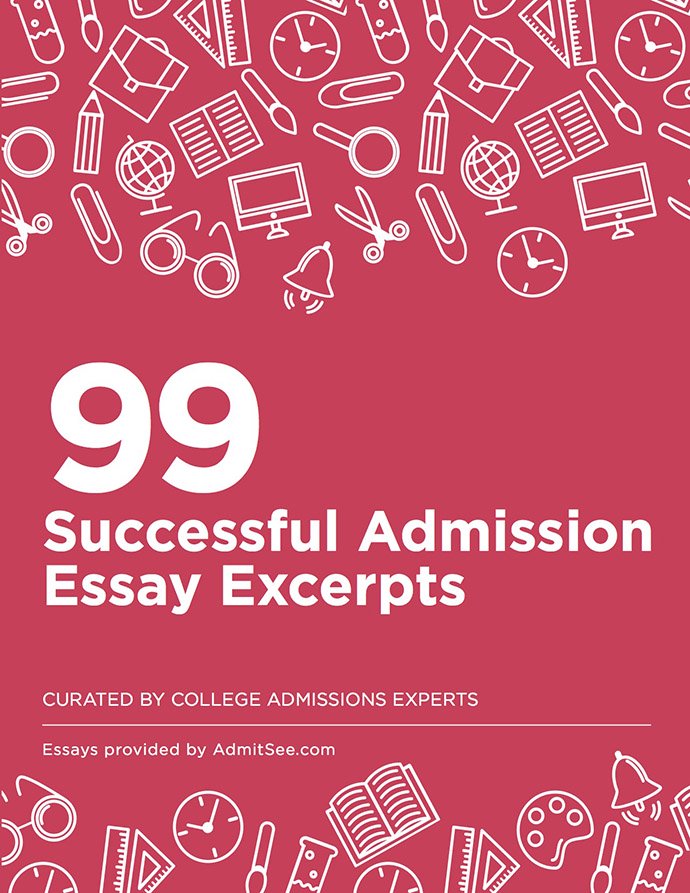
Recently, the US Department of Education released the College Scorecard that details information about financial aid, university costs, graduation rates, and more. This week, our resident expert, Joie Jager-Hyman, founder of College Prep 360 and author of the acclaimed books Fat Envelope Frenzy and B+ Grades, A+ College Applications, answers the question: How can students use the College Scorecard to their advantage? What are the pros & cons - is it even helpful?
In the application frenzy of the fall when you are furiously writing essays, filling out activity forms, and finishing up your SATs and ACTs, it’s easy to forget that the rules of commerce do apply to college—you’ve got to pay the bill to get the diploma. The college scorecard, a new service that responds to the student debt crisis, aims to inform students about college costs and job prospects, to combat some other college rankings that, according to Obama, “reward schools for spending more money and rejecting more students at a time when America needs our colleges to focus on affordability and supporting all students who enroll.” Here are some features of the scorecard:
- After inputting a number of search criteria (location, school size, type of degree, major, whether the school is private, non-profit, for-profit, has a specialized mission, and/or religious affiliation), the site will come back with all the colleges that match, and break them down by average annual cost, graduation rate, and salary of students after attending.
- By delving further, you’ll also be able to see the average annual cost of each college by family income—you can even calculate your net price and aid eligibility by entering in your family’s income and other relevant financial information. You can see, for example, that at Rensselaer Polytechnic Institute, 89% of students who attend earn, on average, more than those with only a high school diploma.
One of the other factors it lists is socio-economic diversity of the student body, revealing what percentage of students have a family income under $40K and receive federal grants.
I think the scorecard is great. Anything that promotes transparency and accountability in the application process is a good tool in my book. And anything that steers you away from private loans is also useful. It’s very important to consider how much debt you will potentially be taking on when applying to a certain school, especially if you plan on going to grad school (federal aid for grad school is virtually non-existent) or majoring in one of the Humanities that do not directly lead to jobs, or lead to jobs that are generally low-paying. The college scorecard encourages you to think of college as a four-year investment, rather than a spending spree. When selecting your perfect college, you will of course be swayed by your gut feeling, the amazing classes, the beautiful library, but you should also take into account the drain on your and your family’s wallets. College should be a place that allows you to thrive. By going into massive debt, you will either be forced to take a job you’re not passionate about—I don’t call this thriving—or flounder. Make sure to figure out if you can pay the tuition before you respond “Accept!”
If you’re applying to college, make sure to browse the application files of accepted students. You can read their successful application essays and sign up for a mentor to provide feedback on your application.















 Back
Back